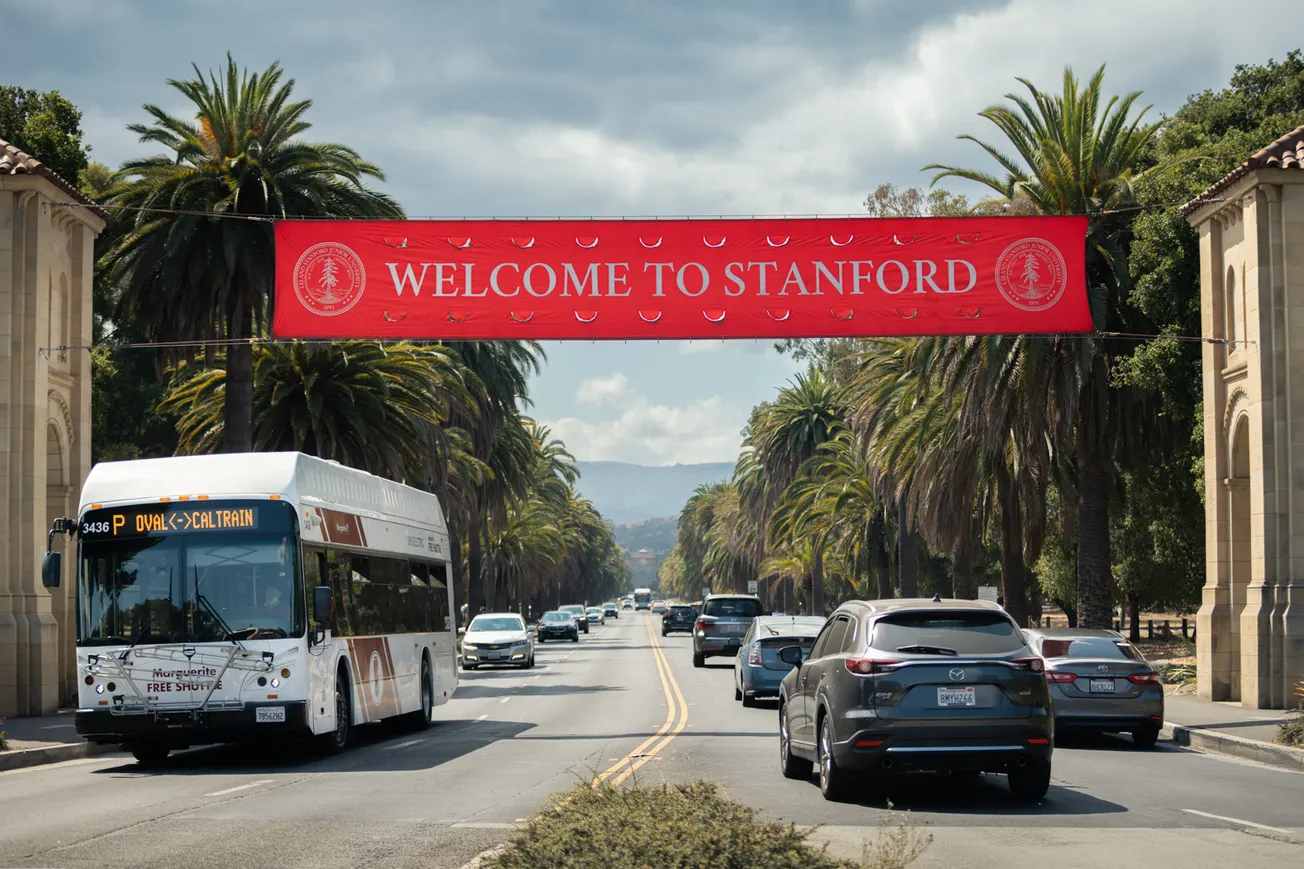Table of Contents
From the first day of New Student Orientation, freshmen at Stanford are bombarded with an unending stream of slogans on “equity” and “inclusion” from University administration. For international students on campus, and prospective applicants the world over, this lip service could not be more hypocritical.
Among peer institutions with similarly massive endowments—namely Harvard, Yale, Princeton, and MIT—Stanford is the sole university that excludes international students from its need-blind admission policy. Unlike those schools, Stanford actively takes into account international applicants’ financial backgrounds in deciding whether to admit them. By favoring high-income applicants over their low-income counterparts, our University minimizes the amount of total financial aid it must pay to international students. Make no mistake, this policy is not the result of limited funding. Even institutions with a fraction of Stanford’s endowment, such as Dartmouth, Bowdoin, Amherst, and Brown, have either already become need-blind for all applicants or plan to do so in the next year.
In my home country of New Zealand, most of the nation’s top academic talent vie for a spot at the best American colleges. Yet all too often during application season, I would hear that an extremely promising peer had excluded Stanford from their application list. Although Stanford claims to meet the full financial need of international students should they apply for it, they also admit that this will reduce the applicants' chances of admission. This reduction is not trivial; no Kiwi student I know who has applied for financial aid has been admitted in the past five years. To prospective applicants, Stanford sends the message that asking for financial aid is effectively the same as throwing away your application.
In practice, the allure of a Stanford education leads international students to apply without requesting financial aid to capitalize on the perceived admissions advantage, despite lacking the economic means to cover the cost of attendance. The inevitable outcome is staggering student loans, usually totaling in the hundreds of thousands of dollars. Desperate families hoping to give their children the best education possible can end up sacrificing their life savings, and sometimes more. That should not be a common occurrence at the third-wealthiest academic institution in the world with an endowment of over $36 Billion, more than the GDP of many nations.
To put it in no uncertain terms, there is a large contingent of the Stanford student body every year that is explicitly admitted or rejected based on the size of their parents’ bank accounts, despite no institutional limitations making this outcome necessary. That alone should be enough to make every “equity” proclamation by the administration tantamount to hollow, virtue-signaling nonsense.
The current situation is a lose-lose: Stanford loses out on the best talent, and the best talent loses out on Stanford. The international student body ends up vastly overrepresented by a combination of trust-fund babies and low-to-middle-income students facing the full brunt of a bill they cannot afford.
The University takes great pride in its financial aid program, boasting on its website that, “At Stanford, we are committed to providing a comprehensive need-based financial aid program that makes it financially possible for admitted students to attend.” Without applying its need-blind principle to international students, however, this commitment falls woefully short.
Harvard, Yale, Princeton, and MIT had all announced international need-blind policies by the year 2000. In 2005, a Stanford Magazine post formally declared that it was in the University’s long-term vision to adopt the same policy. And eleven years later, when Stanford’s endowment stood at $22.4 billion, another Magazine piece stated that “Fully endowing need-blind international financial aid, an important long-term goal, will require approximately $200 million in new endowment.” Yet here we are in 2024, when Stanford’s endowment is almost $14 billion higher than in 2016, without any meaningful change to its international student aid policy. So much for that professed “long-term goal.”
The impetus required to move the needle on this issue is not one of money or ability, but mere willpower. Stanford students have always taken great pride in our pioneering spirit; we resent the pretentious, old-money culture synonymous with our Ivy League competitors. When it comes to equal-opportunity admissions, however, Stanford is not simply trailing rival universities. Instead, we are deliberately clinging to an unjust era which they rightly abandoned long ago.
Stanford’s refusal to adopt need-blind international admissions flies in the face of everything the University claims to stand for. The administration must finally align its actions with its words, and open its doors to everyone regardless of financial background. Only then can Stanford claim to be a genuine leader in higher education, rather than a laggard.









